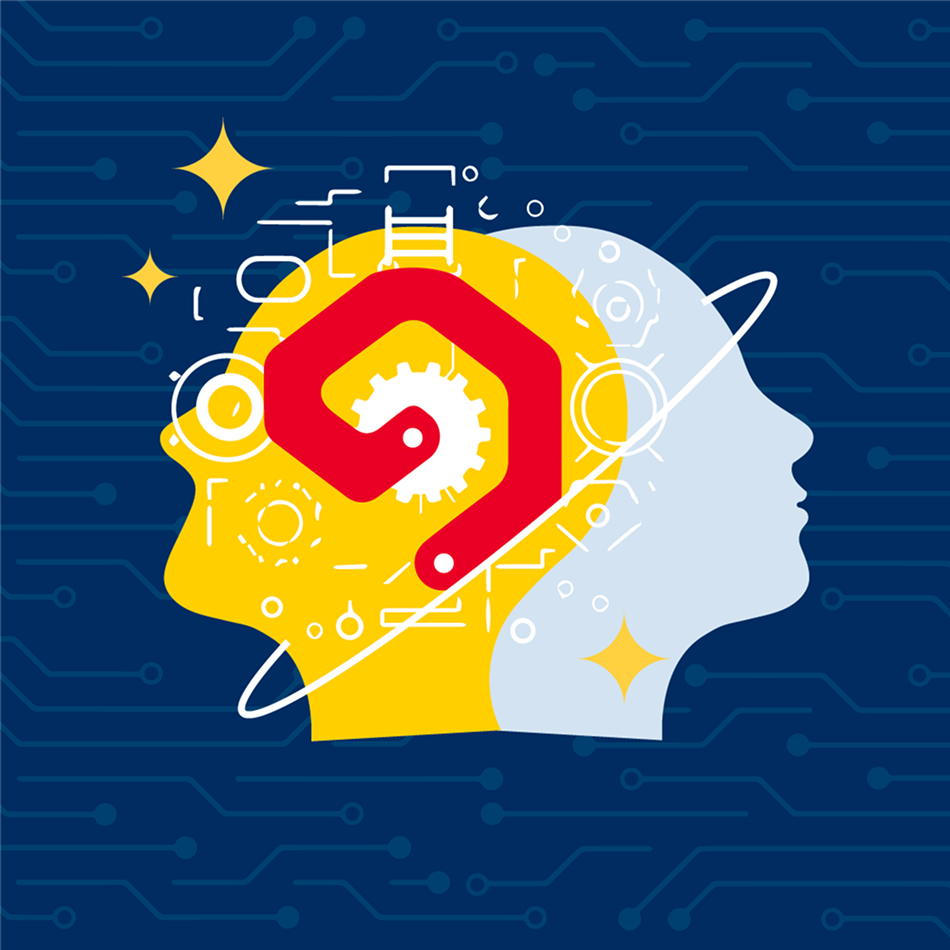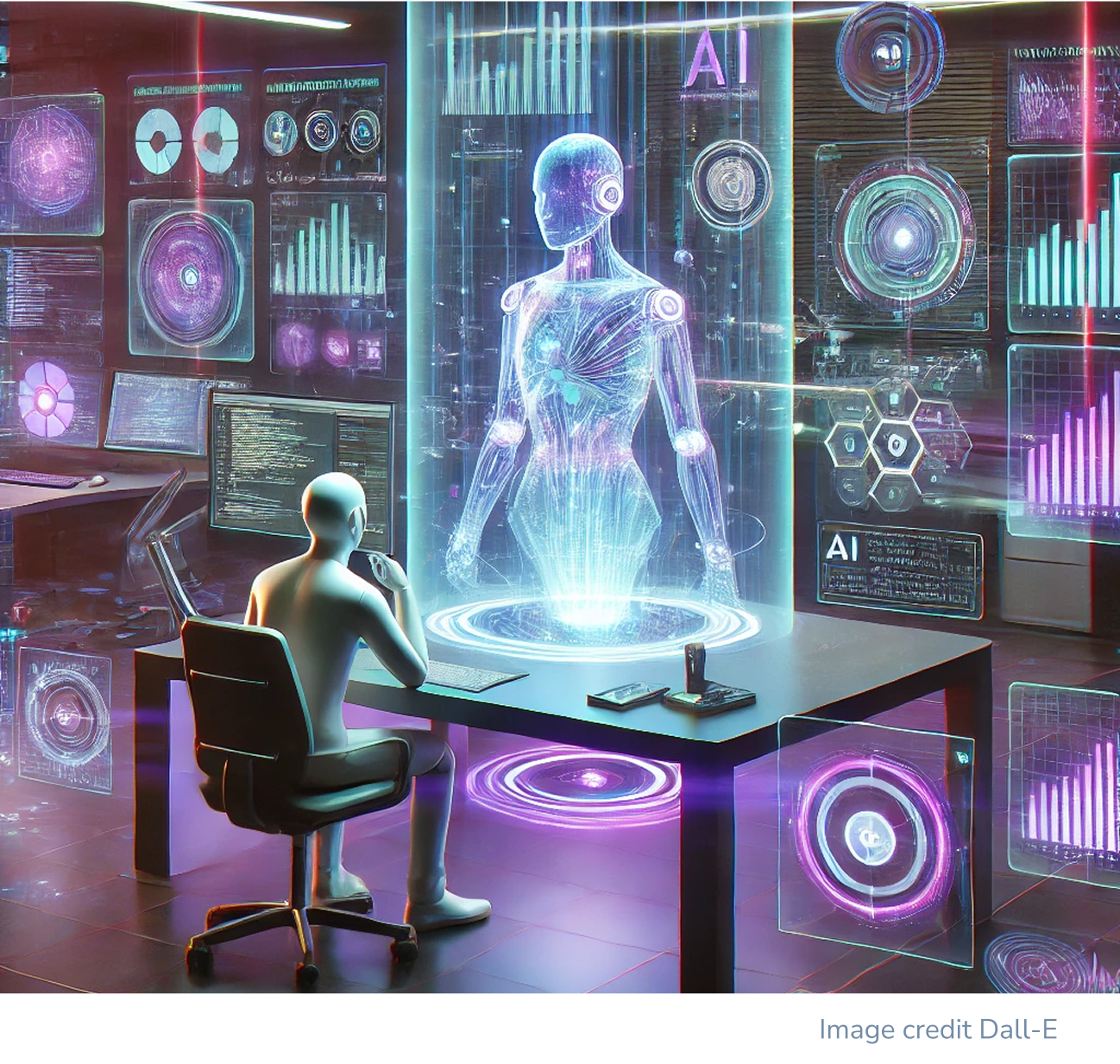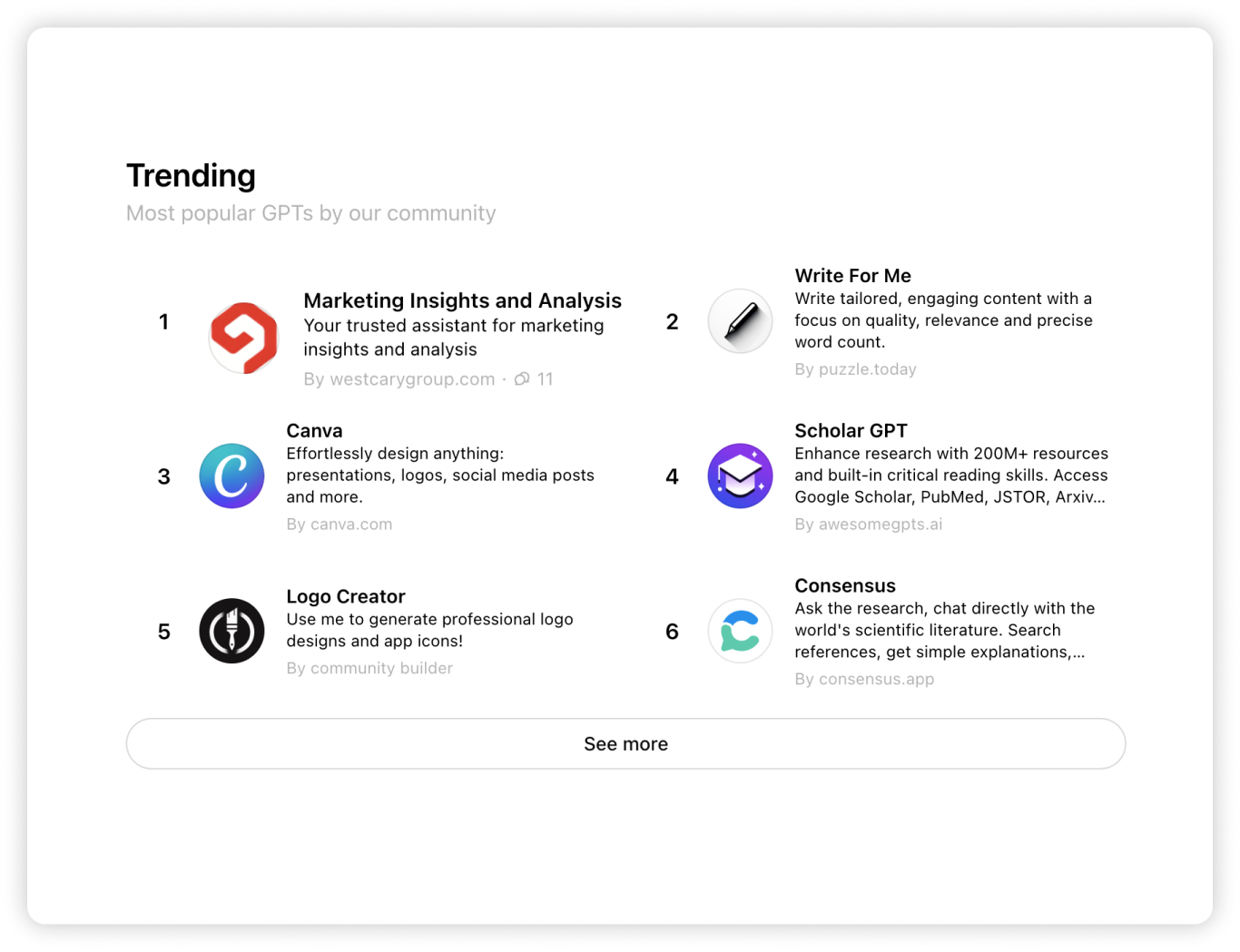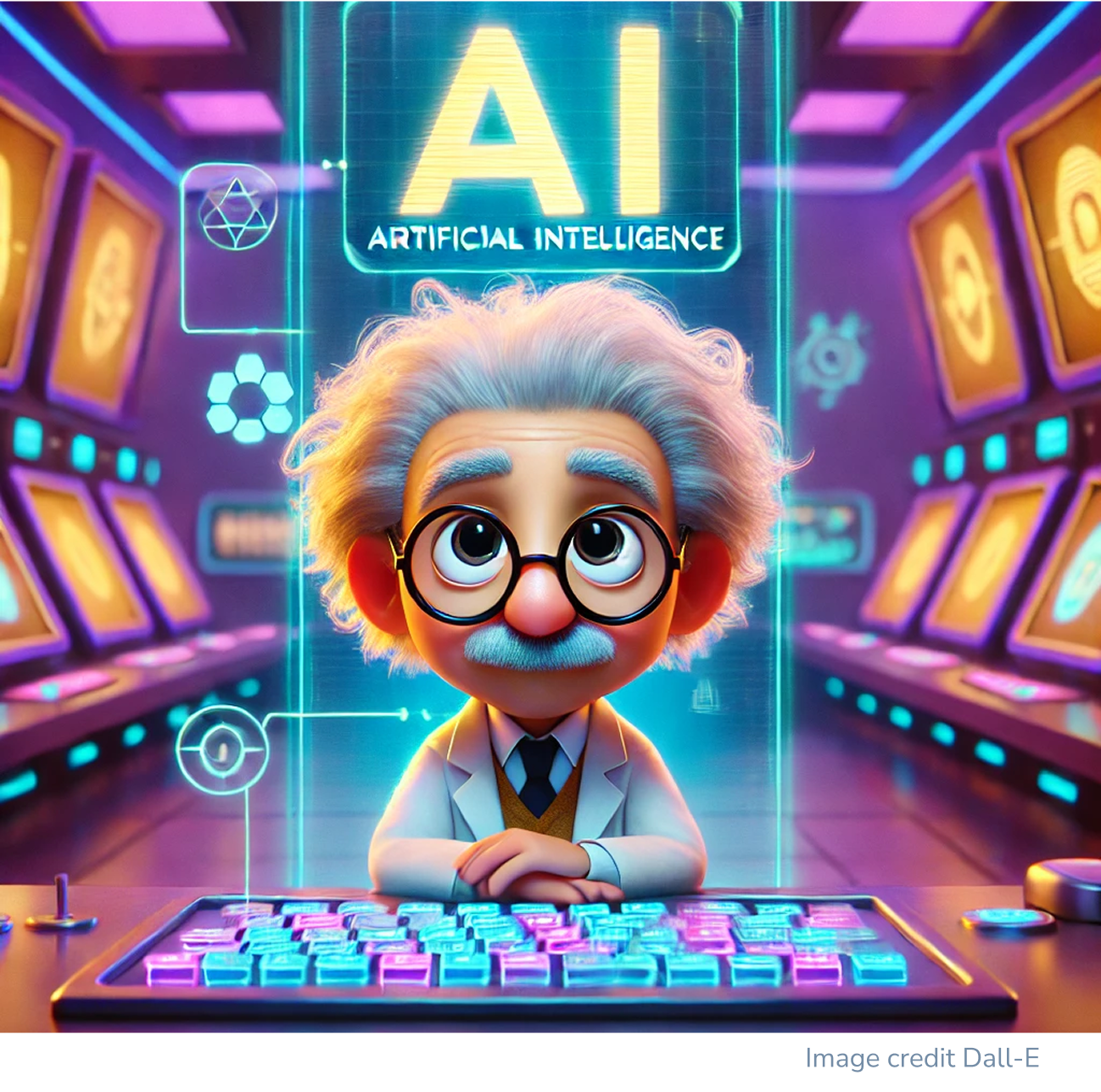how a wcg executive is leading the charge in ai

West Cary Group’s Mike Benjamin Taps into the Human Side of ChatGPT with #1 Featured App
Generative artificial intelligence (gen AI) has been the buzzword of the past few years, and its growing capabilities are only outpacing the speculation surrounding it. As an AI model that uses machine learning to analyze data sets and generate content from them, gen AI holds promise — and disruption — for virtually all industries, especially those in creative spaces.
While a 2023 report by McKinsey & Company claims that gen AI could boost marketing productivity by $463 billion annually, adopting it in agencies means answering some of the most challenging questions. Can authenticity and AI work hand in hand? What room is there left for a human touch in customer experiences?
At West Cary Group, we knew just who to ask — our VP of Experience Design, Mike Benjamin. He’s an award-winning UX designer, patent-holding inventor, and creator of a top-featured app on ChatGPT with over 475,000 uses (Market Research and Competitive Analysis GPT). In his day-to-day work, Mike often finds himself in a place where technology and human experience collide, most recently in his work with AI.
Your Market Research and Competitive Analysis GPT recently reached the #1 featured spot on ChatGPT. Could you walk us through what this gen AI app does and how it does so well?
“At first, this GPT was just a tool for me. In my role as VP of Experience Design, I’m often doing secondary research for multiple brands in multiple industries, all at the same time. Despite the variety of clients I work with, this research process is largely programmatic and can become very time-consuming. So, I asked, ‘What if I could instruct a machine to do the legwork for me? What if I could automate this?’ That’s the premise that I began the Market Research and Competitive Analysis GPT on.”
“Many gen AI tools try to meet a wide variety of use cases, often to the detriment of their accuracy. I think what helped my Market Research GPT to succeed is its narrow scope.” “While I’m glad to see that thousands of people have found it useful, my GPT’s intended niche was solely speeding up my own workflow and streamlining my own research process with specific scripts and sources that I had handpicked. Its scope of problem-solving is very focused. In other words, I think this gen AI tool is so successful because of how it’s a precise tool, not a replacement for strategic, human decision-making.”


How did your GPT, which started as something of a personal project, reach tens of thousands of uses and a 4.5/5 rating on ChatGPT?
“I never marketed the app, and I didn’t build it with the intention of overtaking other big-name GPTs like Khan Academy. I did, however, rely heavily on users’ feedback to improve it. In the same way that the GPT’s narrow, curated process allowed for more human touchpoints to better its output, I introduced more human touchpoints in the feedback process to better the app’s design.”
“This approach of making experiences not just for users but for people, ‘human-centered design,’ is central to all my digital projects. For the Market Research GPT specifically, this included a feedback process that began with a very small audience. However, as I responded to each piece of feedback, I optimized the machine with better instructions. I adapted it to other human users than just myself — the more improvements I made, the more feedback I received. Then, within a month of the GPT trending, it took the number one featured spot on the GPT Store.”
By following the principles of human-centered design, you created an experience to meet users’ human needs based on their feedback. What did this look like in practice for your GPT’s design?
“The human element is what makes this app especially unique. As the app’s designer, I’m transparent with users, saying that it’s a work in progress and that their feedback is encouraged. While it’s common for user experiences to ask for input, I think very few make that authentic, personal, or gratifying — which is what human-centered design is all about.”
“You can see this throughout the app, which gives, even in small ways, a sense of interaction. While many other GPTs simply return an output and end the experience there, the Market Research and Competitive Analysis app replicates a conversation with the human user, asking them follow-up questions, speaking to them at the level of a friendly high school teacher instead of a lofty Harvard professor, and even using emojis. It’s how we would talk to each other, and it’s designed like this to engage users’ emotions and help them feel heard.”
You explained how your GPT’s effectiveness and usability are due to its human-centered design and the extent to which its processes respond to users. But is the emphasis on human touchpoints a feature — or just a limitation of AI models?
“AI models are tools that help humans do more of the work that only humans can do by automating time-consuming processes. The real potential for AI lies in giving users more opportunities to make higher-level decisions. So, while I’m confident that the actual limitations we’re seeing in AI models today, like inaccuracies and awkwardness, will phase out with time, that isn’t to say that human users will be replaced. If anything, the next generation of these specialized tools will only require more human intuitiveness in their designs.”
“With my own GPT, its narrowly defined functions haven’t been an obstacle for users. In the feedback I’ve received, one user told me that the GPT had helped him to finally launch his business after years, and another said that it was doing 75% of his job for him. In other words, he could now focus 100% of his time on the most important 25% of his work.”
“For the next steps, I plan to continue experimenting with ChatGPT’s large language model capabilities, making the experience more intuitive and receptive to users’ needs. It’s a meticulous process; I only make new features live once they’ve been tested for accuracy in my parallel pilot development environment. Still, there’s something artistic to getting the machine to simulate the engagement and critical thought that humans show to each other.”
Human-centered design has played a key part in your GPT’s success. How else have you applied this approach throughout your UX and design career?
“Something I picked up early in my career was that, in experience design, you’re always oscillating between your left and right brain to create a desired outcome. The goal is to find a sweet spot in user interfaces between business goals, system limitations, and user needs. There’s a lot of hypothesizing and computing to design, but the irrational, human, and artistic side is crucial, too.”
“Before beginning my career in design, I was actually in college for marketing. It was through my mentorship and experiences at Capital One, where I worked for 21 years, that I dove into user innovation and product research. As my career progressed, I identified that many user experiences were lacking in utility and desirability. By mapping out opportunities for human-centered design with customer blueprinting, I’ve been able to create more user-friendly and, ultimately, more useful experiences.”
“Today, with my team at West Cary Group, these same principles are at the forefront of our work for clients like PayPal, Richmond Airport, and many more. For the same reasons that my GPT has become a useful tool for thousands, our team’s UX work at West Cary Group consistently drives results across platforms and resonates with its human audience.”


